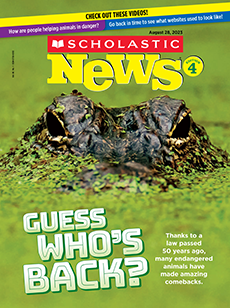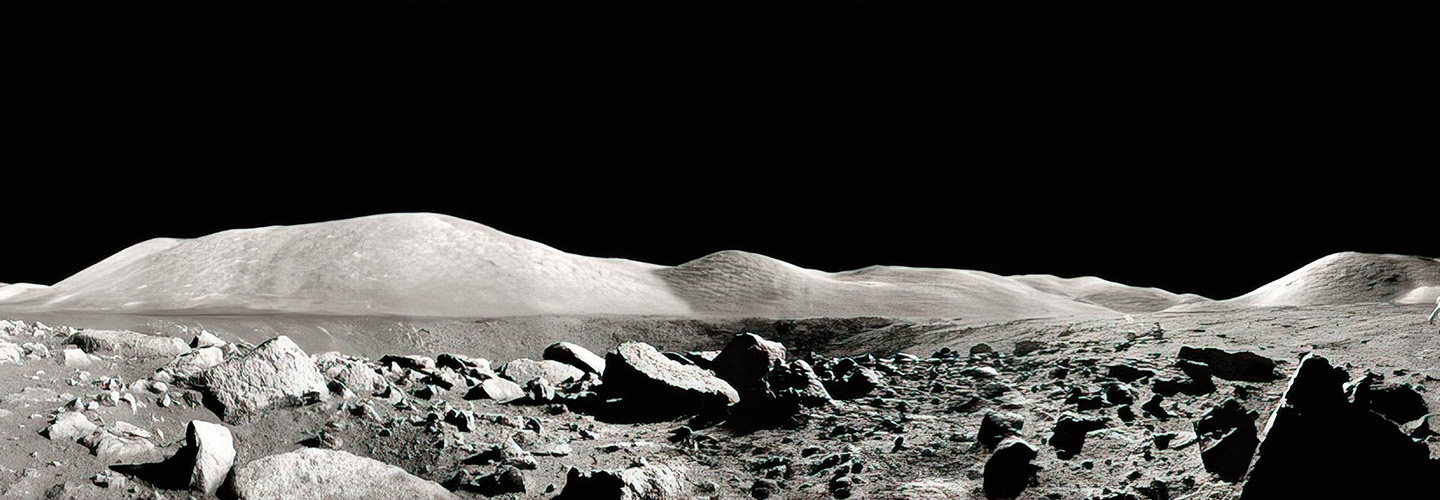The mission was a huge success. Astronauts Eugene Cernan and Harrison Schmitt explored the moon, collecting more than 240 pounds of rocks and soil. They drove around the bumpy surface on a dune buggy called the Lunar Roving Vehicle. And they took thousands of photos for scientists to study.
On December 14, 1972, they climbed into their space capsule and lifted off. Soon the men would rocket back to Earth.
It was the last time anyone set foot on the lunar surface.
Fifty years later, NASA is gearing up to go back. The U.S. space agency plans to send people to the moon in 2025.
The program, called Artemis, is already underway. In November, an uncrewed test flight blasted off to orbit the moon.
“It’s really exciting,” says Rachel Kraft, who works at NASA. “Our goal is to understand what it takes to live and work on another celestial body.”
The mission was a huge success. Astronauts Eugene Cernan and Harrison Schmitt explored the moon. They collected more than 240 pounds of rocks and soil. They drove around the bumpy surface on a dune buggy. It was called the Lunar Roving Vehicle. And they took thousands of photos for scientists to study.
On December 14, 1972, they climbed into their space capsule and lifted off. Soon the men would rocket back to Earth.
It was the last time anyone set foot on the lunar surface.
Fifty years later, NASA is gearing up to go back. The U.S. space agency plans to send people to the moon in 2025.
The program is called Artemis. And it’s already underway. This past summer, an uncrewed spacecraft orbited the moon. It tested the launch system.
“It’s really exciting,” says Rachel Kraft. She works at NASA. “Our goal is to understand what it takes to live and work on another celestial body.”

